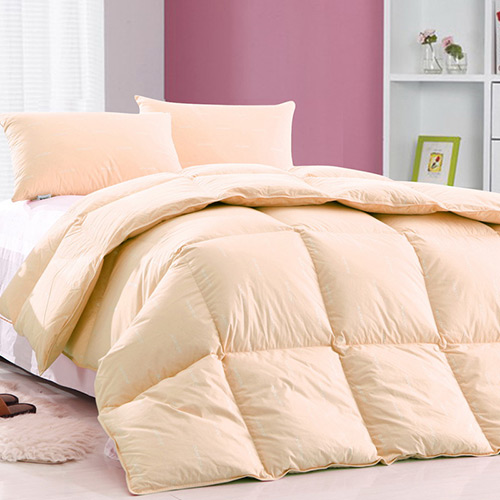Title: Understanding the Best Fabrics for Suits: A Comprehensive Guide
Suit fabrics play a crucial role in the overall look and feel of a suit. The right fabric can enhance the elegance and sophistication of a suit, while the wrong one can diminish its appearance. In this guide, we provide an overview of the best fabrics for suits, including their characteristics and recommended uses. We start with the most common fabric options: wool, silk, cotton, linen, and polyester. Each fabric has its own unique advantages and disadvantages, such as durability, wrinkle resistance, and texture. We also discuss how to match fabrics, particularly when it comes to choosing a suit jacket and pants that complement each other. Finally, we offer some tips for maintaining the quality of your suit fabric over time. By understanding these key factors, you can make informed decisions about the fabrics you choose for your suits and ensure that they last for years to come.
In the world of men's fashion, a well-tailored suit can make all the difference. It is not just a piece of clothing, but a statement of style and confidence. And at the heart of every great suit are the fabrics from which they are made. But with so many options available, choosing the right fabric can be daunting. This guide will help you understand the various fabrics available for suits, their characteristics, and how to choose the best one for your needs.
First, let's start with the most common fabrics used in suit making:
Wool
Wool has been a staple in suit fabric for over a century due to its durability and warmth. It comes in two types: wool blends and 100% wool. Wool blends, such as a blend of wool and cotton or polyester, offer the benefits of wool with added stretch and breathability. However, they lack the natural oils in 100% wool, which can make them less durable in dry environments. Wool suits are often suitable for formal events and cold weather.

Silk
Silk is another classic suit fabric that adds a touch of luxury to any outfit. It is lightweight, breathable, and incredibly soft to the touch. However, silk does not hold its shape well, so it may not be the best choice for everyday wear. Silk suits are often suitable for special occasions, such as weddings or job interviews.
Cotton
Cotton is a popular choice for suiting due to its comfort and versatility. It comes in various weights, from light to heavy worsted, each offering different levels of softness and texture. Cotton suits are suitable for casual events and warm weather.

Linen
Linen is a more environmentally friendly option than wool or silk due to its natural fibers. It is also lightweight and breathable, making it suitable for hot summer days. However, linen lacks the durability of wool and may require more frequent washing. Linen suits are suitable for casual events and warm weather.
Nylon
Nylon is often used in suiting due to its durability and resistance to wrinkles. It is also resistant to stains and odors, making it a practical choice for busy professionals. However, nylon can feel stiff and scratchy against the skin, and it lacks the natural elegance of some other fabrics. Nylon suits are suitable for business settings.

When deciding on a fabric for your suit, consider your personal preferences and lifestyle. If you live in a cold climate and need a durable suit for work, a wool blend or 100% wool may be the best choice. If you prefer a more comfortable and versatile suit that can be worn year-round, a cotton or linen might be better suited to your needs. And if you value both comfort and sustainability, linen or a blend of natural fibers could be an ideal choice.
In addition to considering the fabric itself, pay attention to the quality of the fabric when shopping for suits. Look for fabrics with a high thread count and minimal shrinkage. Also, examine the fabric closely for any signs of defects
Articles related to the knowledge points of this article:
Title: Matching a Gray Tie with a Shirt: A Guide to Perfect Plait
The Feather and Down of a Jacket
The Little Silk Scarf: A Tale of Love, Legacy and Memory
Title: How to Distinguish between Authentic and Counterfeit Louis Vuitton Silk Scarves
Title: The Art of Tying a Long Scarf: A Comprehensive Guide with Visual Instructions



